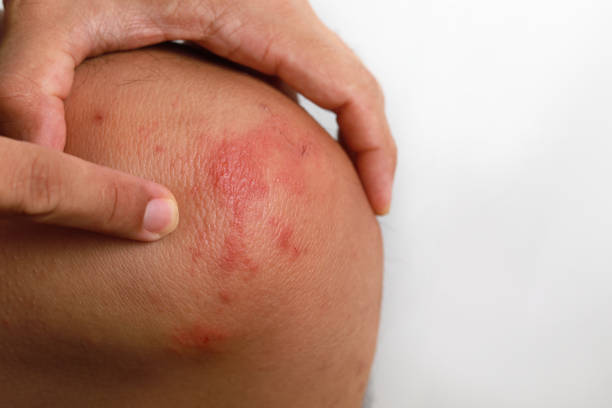What Are The Reasons For Diseases?

Disease is any health problem which you are suffering from. A disease can be curable and/or manageable.
The majority of infectious diseases transmitted when the germs of someone who has contracted the disease come into contact with your skin, or even a personal item. Certain diseases are also transmitted through direct contact such as contaminated food or water.
Infectious diseases are caused by a variety of harmful bacteria, such as the fungi, bacteria, and viruses. It is also possible to be caused by parasites, such as malaria.
Causes
The symptoms and signs that signify a disease are an indication of a disturbance of normal homeostasis. It is usually due to pathogens but it can also result from a chemical or radiation.
Infectious illnesses are responsible for the vast majority of diseases. They are caused by some of five types of microorganisms such as viruses, protozoa, bacteria, fungi and the worms. These germs can be transmitted through direct contact, such as mosquito bites or breathing in of the animal's feces. The germs are also transmitted through indirect means, for example by drinking or eating the food that has been contaminated by bacteria.
We occasionally see epidemics of diseases that are not known. Idiopathic disorders are also known as. As medical science progresses, it may become possible to determine the elements that cause the occurrence of a specific disease, and reveal the root of the problem. As an example, we are aware that malaria is caused by the parasite Plasmodium species.
Factors that predispose to cancer
The spread and severity of infectious diseases may be affected by the predisposing elements. They could be anatomical, genetic or specific to a disease. In particular, those who are older are at a higher risk of infection due to decrements in host defences that can be aggravated by chronic diseases and undernutrition. Cystic fibrosis predisposes people to diseases by altering mucus inside the lungs which makes it harder for the body to expel the bacterial species. And, the genetic disease, chronic granulomatous disease, hinders cells from producing reactive oxygen compounds that destroy pathogens that have been ingested. Take a look at https://czopkiewicz.pl/najpopularniejsze-choroby-cywilizacyjne-skad-sie-biora/ site if you need to have specifics information about disorders.
The notion of"the "sufficient-component model" suggests that a number of contributory factors have to be present for a particular condition to be manifest. For instance, overcrowding as well as the absence of a vaccine are component factors which can trigger an outbreak of tuberculosis. But, in order for tuberculosis actually cause disease there must be mycobacteria (the primary cause). Similar is true for other ailments like malaria. in order for the parasite to cause your sick, it needs to exist in your bloodstream.
The signs
Asymptoms and signs are frequently utilized to determine the presence of a disease. The signs are the objective indicators of disease that are defined by medical professionals. Symptoms however, are subjective symptoms exhibited by patients. Each disease is distinguished by a unique constellation of symptoms and signs.
The pathogens are harmful germs that cause infectious diseases. They can be caused by bacteria, viruses or fungi. Droplets of liquid, or droplets, as they're called are transmitted to an infected person if the person coughs, talks, sneezes, etc. It is also possible to transferred through water or food contaminated with the infectious agent. They can also be transmitted by bug (mosquito and tick) bites and through sexual contact, such as vaginal, anal and oral sexual relations.
Most infectious diseases can be prevented through vaccines, frequent and thorough hand-washing, and good hygiene. The most at risk for contracting infectious diseases are infants, people with suppressed immune systems and those travelling into areas with highly transmissible diseases.
Treatment
Direct contact with people or droppings from them are only two of the many ways that the bacteria that cause illness can spread to us. Things that are not living, such as tables and doorknobs can harbor the germs. People at increased risk of infectious diseases are infants, older adults and people with weak immune systems. Going to countries that have large numbers of infections puts them at danger.
Treatment for illnesses can be achieved with drugs, such as antibiotics (drugs which treat bacterial infections) as well as antiviral medicines as well as antifungal drugs. Certain illnesses can be avoided by using vaccines or avoiding pathogens.
The effects of a disease could be a major influence on the health and wellbeing of the affected person, as well as the entire society. A disease could cause death, disabilities, and distress for those who is suffering and for the people that are close to them. Morbidity can be used to describe the severity of a disease. It can be calculated by using various scores.

